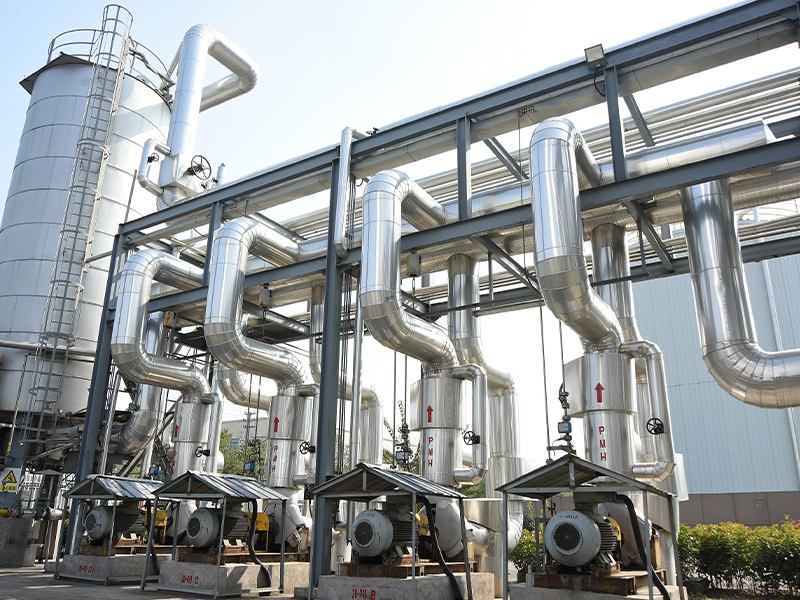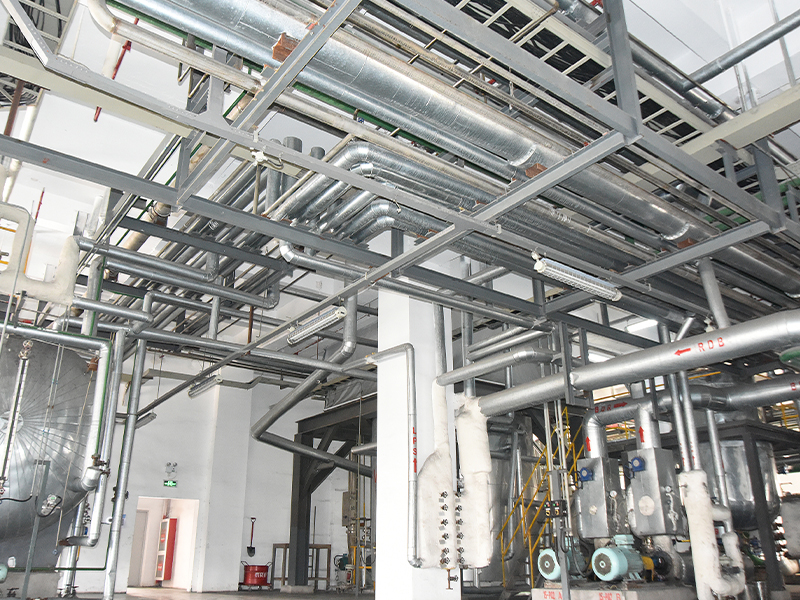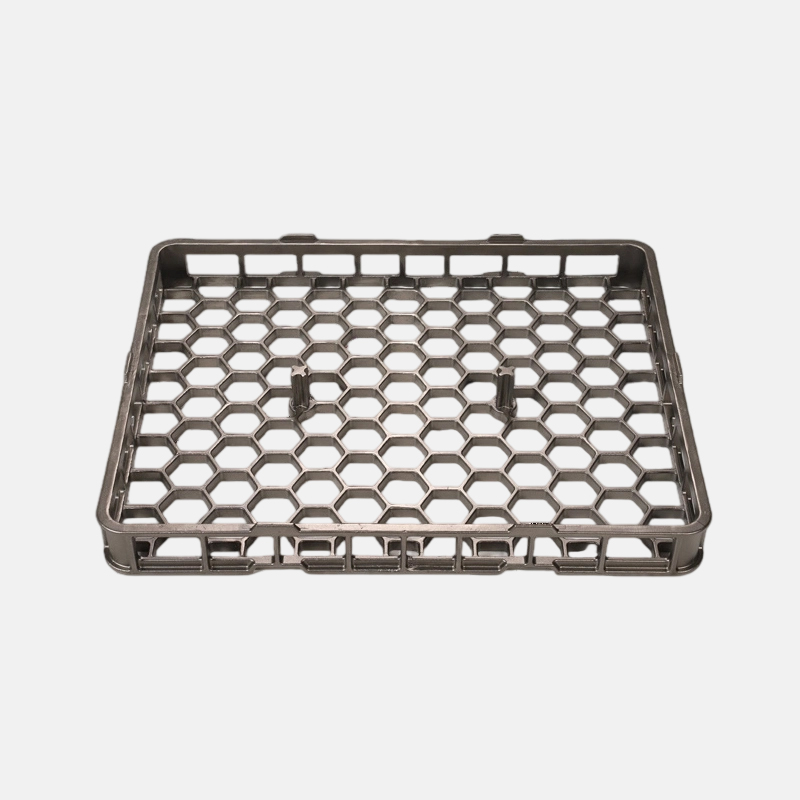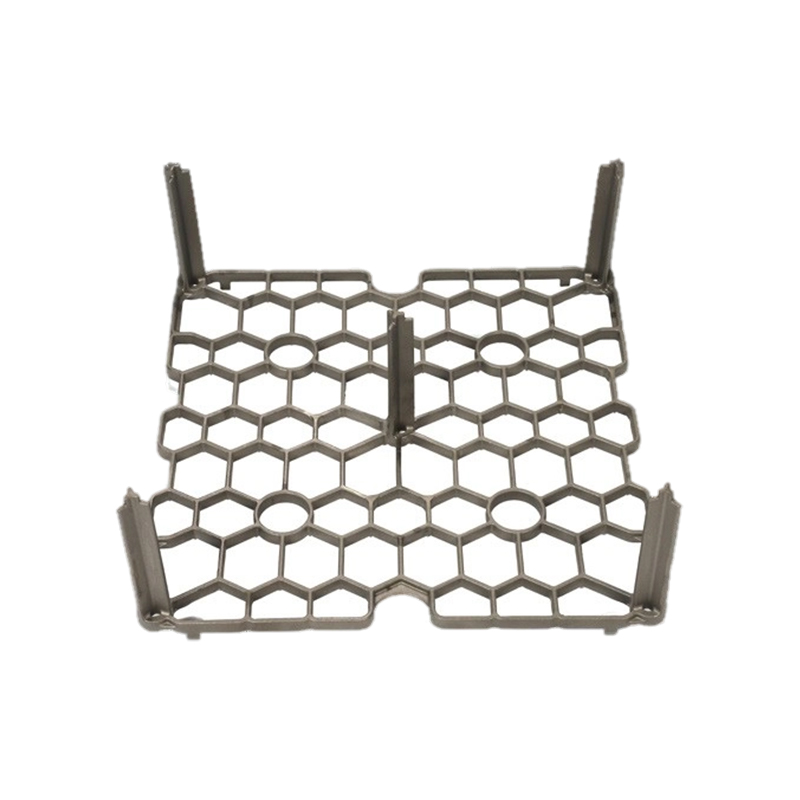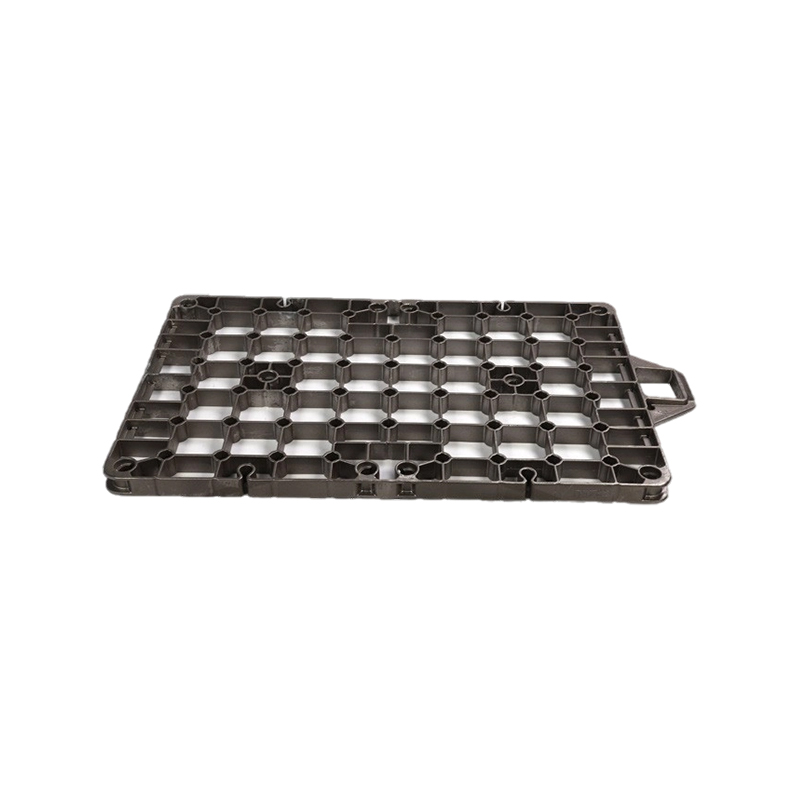The manufacturing world is continuously shaped by innovations that enhance efficiency, complexity, and sustainability. Among these, Lost Foam Casting (LFC), also known as evaporative pattern casting, has emerged as a transformative process. Unlike traditional methods, LFC utilizes a expandable polystyrene (EPS) pattern that vaporizes upon contact with molten metal, leaving behind a precise casting.
The Lost Foam Casting Process: A Brief Overview
To understand its impact, one must first grasp the basics of the Lost Foam Casting process. It begins with the creation of a foam pattern, identical to the desired part, which is then coated with a refractory ceramic. These coated patterns are assembled into a cluster and placed in a flask filled with unbonded sand. Molten metal is poured into the flask, immediately vaporizing the foam pattern and perfectly filling the cavity. This single-step molding and casting process eliminates the need for cores and complex gating systems, offering distinct advantages.
Industries Transformed by Lost Foam Casting
1. Automotive Manufacturing
The automotive industry is arguably the primary beneficiary of Lost Foam Casting. The drive for lighter, more efficient vehicles with complex engine components makes LFC an ideal solution.
-
Key Applications: Engine blocks, cylinder heads, intake manifolds, and brake components.
-
Revolutionary Impact: LFC allows for the casting of intricate, thin-walled geometries that are difficult or impossible to achieve with conventional sand casting. This enables the integration of multiple parts into a single, lightweight component (e.g., an intake manifold with internal passages), reducing assembly time, weight, and potential leak points. The superior surface finish also reduces the need for secondary machining.
2. Pump and Valve Manufacturing
Industries requiring robust and complex fluid handling systems, such as oil and gas, water treatment, and chemical processing, heavily utilize Lost Foam Casting.
-
Key Applications: Impellers, pump housings, valve bodies, and hydraulic components.
-
Revolutionary Impact: The process excels at producing the intricate internal flow channels and water passages essential for pump and valve efficiency. These internal features are formed directly by the vaporized foam, resulting in smoother surfaces that improve fluid dynamics and reduce turbulence, leading to enhanced performance and energy efficiency.
3. Heavy Machinery and Equipment
The sector producing large-scale equipment for construction, mining, and agriculture demands durable, high-integrity components that can withstand extreme stress.
-
Key Applications: Gearboxes, structural frames, large levers, and counterweights.
-
Revolutionary Impact: Lost Foam Casting is particularly effective for medium to high-volume production of these large parts. The process offers significant cost savings by eliminating core-making and core-assembly operations. Furthermore, it provides excellent dimensional consistency and repeatability, ensuring reliability and interoperability of parts within massive machinery.
4. Aerospace and Defense
While subject to rigorous certification, Lost Foam Casting has found strategic applications in aerospace and defense where performance-to-weight ratio is paramount.
-
Key Applications: Non-critical structural components, mounting brackets, housings for avionics, and specialized defense equipment parts.
-
Revolutionary Impact: The ability to cast complex, near-net-shape parts from high-performance alloys like aluminum and magnesium reduces material waste and costly machining hours. This makes it a valuable process for producing strong, lightweight components that contribute to overall fuel efficiency and payload capacity.
Technical and Economic Advantages Driving Adoption
The cross-industry adoption of Lost Foam Casting is driven by a consistent set of advantages:
-
Design Freedom: Allows for unprecedented geometric complexity and part consolidation.
-
Dimensional Accuracy: Produces castings with tight tolerances and minimal shrinkage.
-
Surface Finish: Delivers a superior surface finish compared to most sand casting processes.
-
Reduced Machining: Near-net-shape results decrease post-casting machining and labor costs.
-
Environmental and Safety: The use of unbonded sand eliminates chemical binders, simplifying sand recycling and improving workplace air quality.
Lost Foam Casting is not merely an alternative foundry method; it is a enabling technology that has redefined design and manufacturing paradigms across multiple sectors. From reducing vehicle weight to optimizing fluid dynamics in pumps, its impact is measured in enhanced performance, cost reduction, and manufacturing simplification. As pattern-making technologies and material science continue to advance, the applicability and influence of Lost Foam Casting are poised to expand further, solidifying its role as a cornerstone of modern industrial production.
 English
English русский
русский Español
Español عربى
عربى
